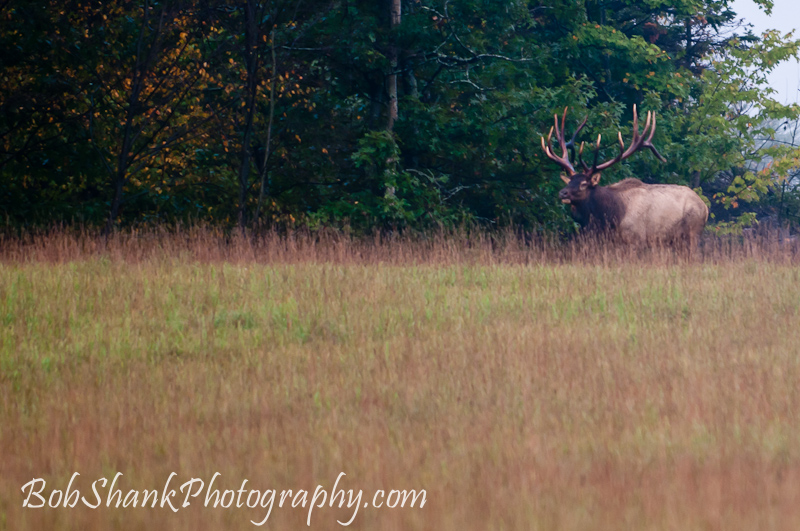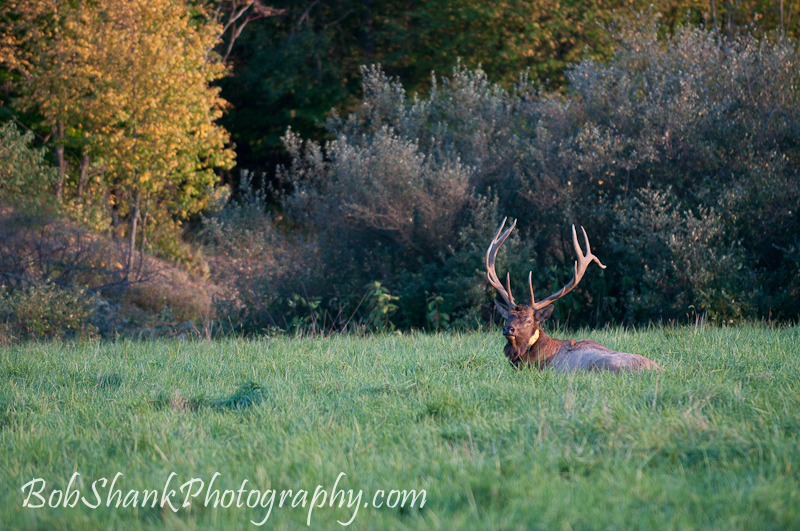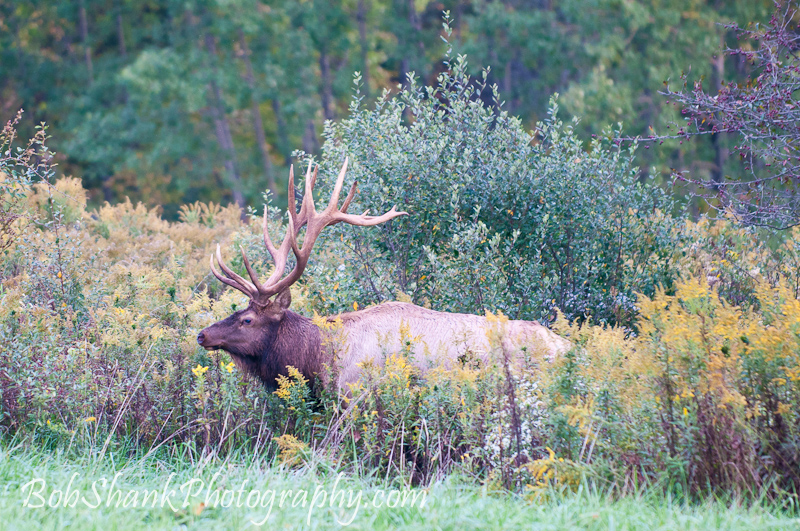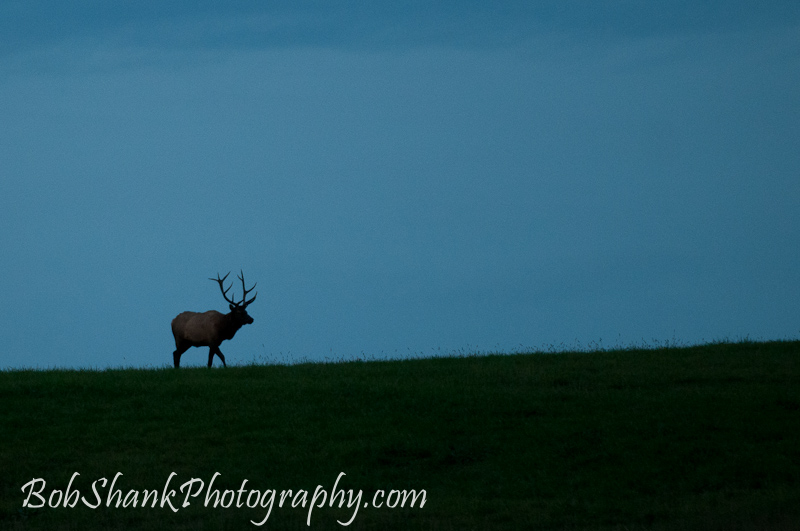Elk are definitely social animals. Bulls make their presence known in the fall rut by bugling. Cows call their young with a verbal call. Elk congregate and move around in herds and if you spend any time with them you will hear firsthand just how vocal and social they really are in the wild. Yes, they are indeed a social breed!
I was fortunate to capture this photograph on Monday when we were photographing a small herd of cows and one bull. I find this particular pose to be humorous because it appears like the cow on the left doesn’t really want to hear what the cow on the right has to say!
These two cows were photographed later in the day. Once again, this photo depicts the social side of the elk. They really do enjoy hanging out together. There is comfort in numbers and for any animal or person who enjoys company, it’s just better to be together than it is to be alone.
Remember this when you are out looking for elk. When you spot one there is almost certainly more to be found nearby. Even the bulls hang together in what are called “bachelor groups” throughout the winter months. This happens after the breeding season is over. Although, the bull we saw and photographed with this herd of cows was actually still chasing the cows and even bugled on Monday night. It is quite late in the season for this to happen, but perhaps the warmer than normal temperatures have kept the bulls more active. Here is a parting shot of this bull chasing a cow just before he bugled.













